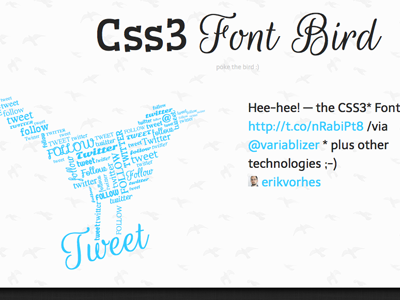
Those joining or connecting strokes all need to be at the same height, so positional shapes can interlock properly and shape a connected word. We have the positional variants of behDotless-ar already on the screen, albeit empty.ĭesign-wise, we can do a lot of copying and pasting of paths between the positional variants, because even though they are different, they will still bear a lot of similarity, except for the connecting strokes. We differentiate between them with a dot suffix in the glyph name. In Arabic, of course, many letters have some or all other possible positional variants: final, medial and initial. By default, the unsuffixed glyph is assumed to be the isolated form. Positional shapes Metrics for the connectors If you do not plan on Pashto support, you can also delete the ring anchor. The ring anchor is for the Pashto letter teh with ring (U+067C). The top anchor is for connecting dots and vowel marks that will go above the letter, and you guessed it, the anchor named bottom is for all the dots and marks that go below the letter. The four-letter suffixes correspond to the OpenType features with the same tags, in case you wondered. The one without a suffix is the isolated shape. The glyphs we are looking for are all called behDotless-ar, indicating the dotless beh of the Arabic script, and the positional variants will have additional dot suffixes. And that is what we refer to as a ‘basic shape’. Then you end up with a shape that you can reuse for the teh and the peh, some positional forms of it even for the yeh and the noon. Though, imagine for a moment that you take the beh, but leave out its dot. If you can read Arabic, you will probably say, ‘Wait a minute, there is no beh without a dot, the beh always has a dot underneath.’ And you are right, of course. Of course, you can start with anything, but the Basic Shapes are indeed a good place to start because it contains shapes that are reused a lot in other glyphs. Okay, so let’s select Arabic > Basic Shapes in the sidebar, so Font view will only display relevant glyphs. As long as you are working inside Glyphs though, you will not need to worry about it. At export, the names will be converted into so-called ‘production names’ the way they are expected in an OTF.

The -ar suffix, as you probably have guessed already, indicates that the glyph belongs to the Arabic script.
#Birdfont make a caseless font free
So, if you want to try creating your own typography, Birdfont is a free tool with everything you need to get started.You will notice that Glyphs uses human-readable names like alef-ar as opposed to ‘uni0627’ or ‘afii57415’. You can also import vector images created with Illustrator or any other vector design program. Then you can add vector points and hide the background image with a button.

Just add the image, crop it, and scale it so it fits on the screen. One of the most interesting tools in this program allows you to insert a background image and create your font from there, meaning that you can trace other fonts, or create fonts based off of different shapes. If not, there are various tutorials on the official website that will help you understand the basic tools.

The program's interface is a little clumsy at first, but you'll quickly get used to it. You could spend hours looking for a free font that fits your tastes, or, if you're willing to get your hands dirty, you could design your own.ĭesigning a font is made easy with Birdfont in fact you can do it in a matter of hours. Sometime it's tough to find an original font for a design or presentation.


 0 kommentar(er)
0 kommentar(er)
